The Power of Circles in Food and Drink
Humans consistently associate roundness with sweetness.
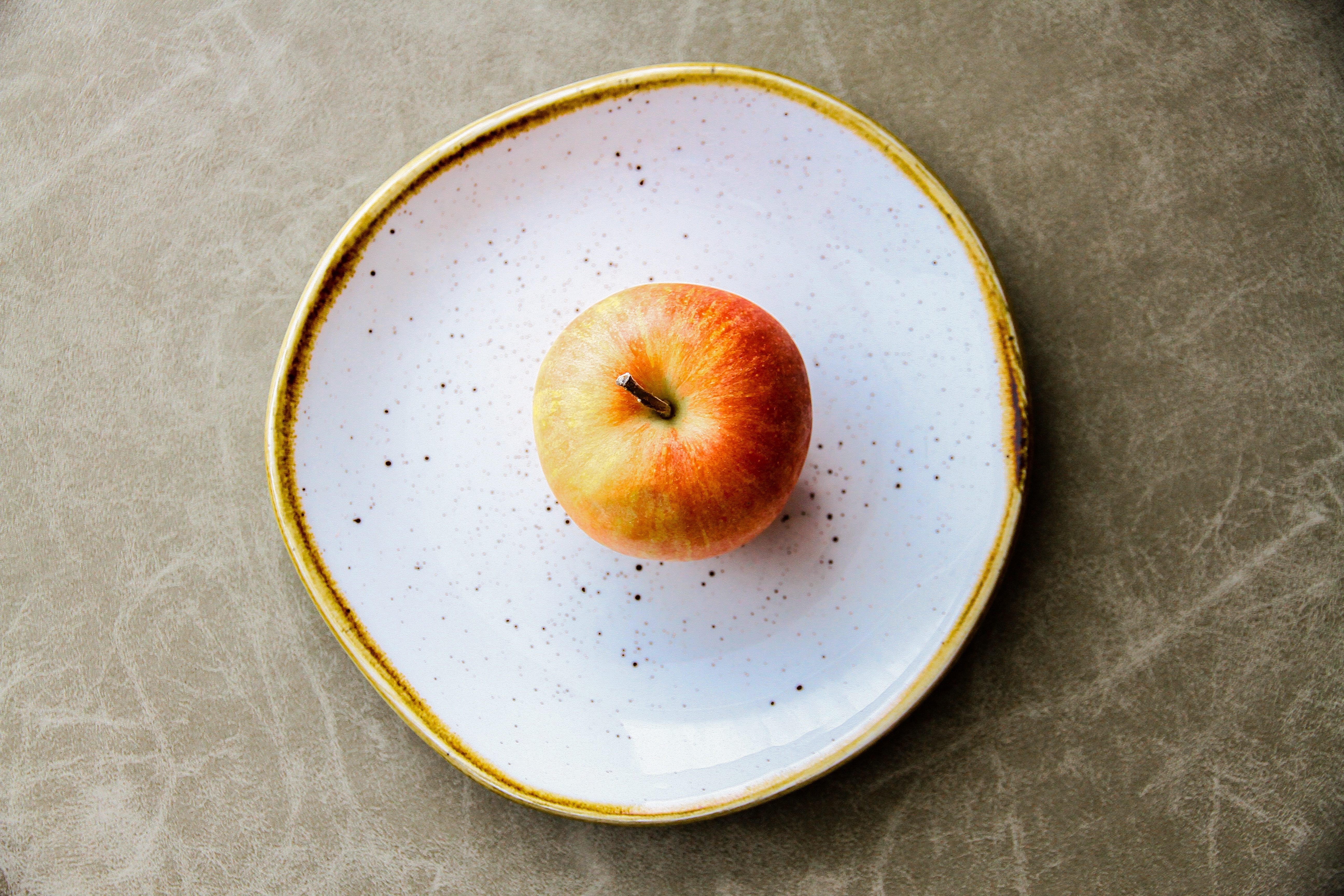
Perhaps you went out for dinner this week. If you did, you undoubtedly remember what you ate. But do you remember the shape of the plate? Are you telling friends that it was round or square?
A plate’s shape might be a subliminal factor in your eating experience, but it’s a significant one. Its design strongly influences how sweet or bitter we perceive a dish to be. Independent research has shown that you’re far more likely to associate sweetness with food served on round versus angular plates, whether it’s cheesecake or beetroots. A 2017 Australian study even revealed that people drinking beer from a glass with curved sides reported it to taste both fruitier and more intense.
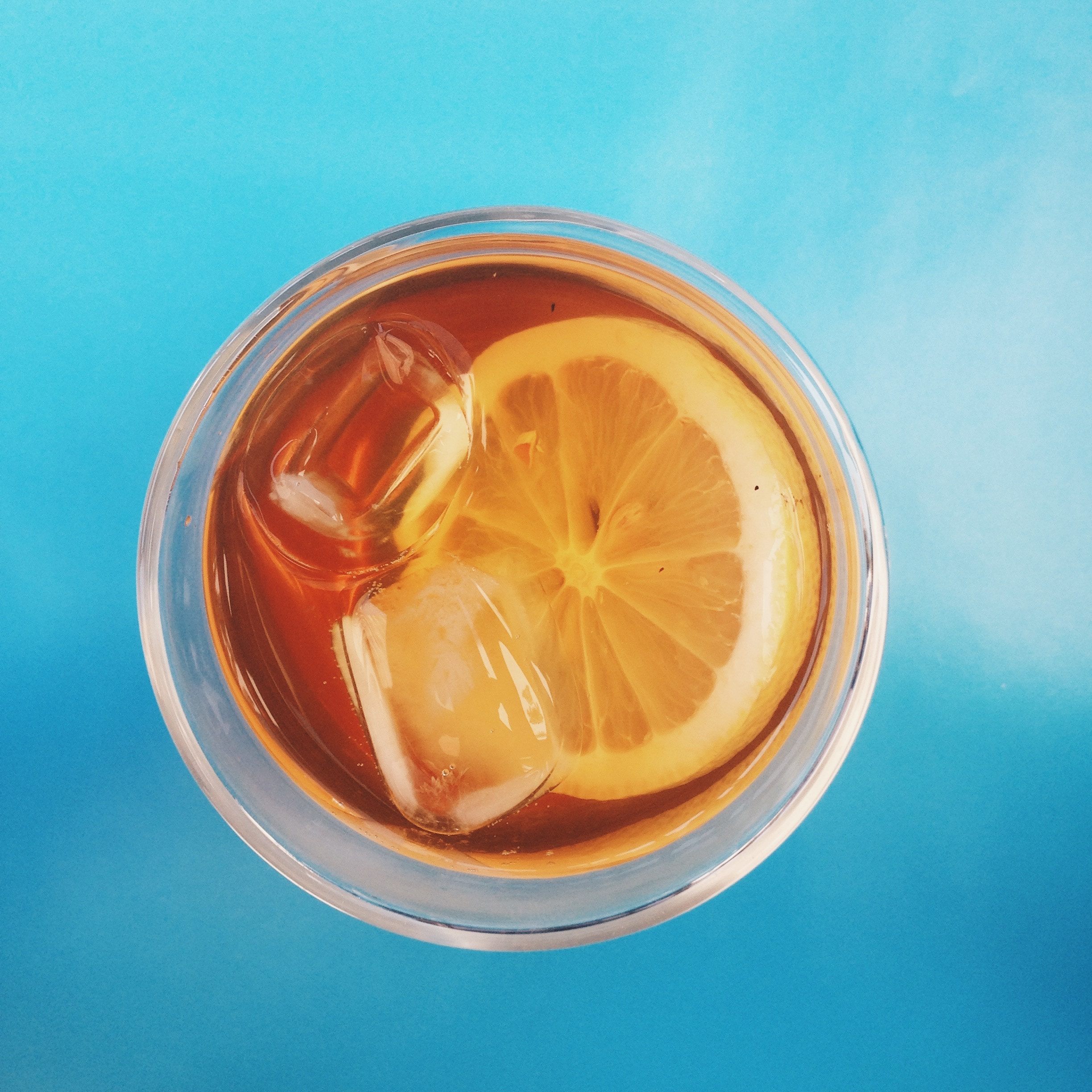
Since taste is one of the more critical components in determining a food’s flavor, along with aroma, the roundness of plates and glasses shouldn’t be underestimated. There are subliminal reasons why Coca-Cola became one of the most popular beverages in the world, savvy marketing aside: The round can, and red packaging, are two factors that have been separately linked with heightened perceptions of sweetness.
Your brain associates round-shaped foods with sweetness, too. This explains why, several years ago, an uproar ensued in the United Kingdom when Cadbury tweaked its signature Dairy Milk bars to have rounded corners, instead of angular ones. Many chocolate aficionados swore that the new bars didn’t taste the same, and complained that they were too sweet or even “sickly.” Cadbury stated that rounded corners would help “improve the melt-in-the-mouth experience,” but claimed that they didn’t change the beloved chocolate’s recipe. Research on food shapes suggests that the executives told the truth.

The food-shape link is so strong it extends to the writing on menus. One 2015 study presented people with 12 different typefaces bearing the words “eat me.” The results found a “clear distinction between round and angular typefaces, with the former being liked more, considered as easier to read, and associated with sweet.” Evidently dessert menus should be written in rounded typefaces.
Studies examining the link between roundness and sweetness are relatively new, yet this association has been present for centuries. Consider table shapes, for instance. A round table suggests a convivial environment and invites conversation; even King Arthur didn’t have a power seat when he and his knights sat at theirs. A rectangular or square table, meanwhile, heightens a sense of combativeness.
More research is needed to explain why our brains consistently link sweetness with a round shape. Perhaps we’ve come to expect that round foods are sweeter, given how, say, cakes have traditionally been presented on round stands at bakeries. A 2013 study from Goldsmiths, University of London, found that people in Namibia associated milk chocolate with angular rather than round shapes, which suggests that cultural and environmental factors, particularly in the West, may explain the association. But, at the very least, shape is something to think about when you’re next looking for a well-rounded meal.
Gastro Obscura covers the world’s most wondrous food and drink.
Sign up for our email, delivered twice a week.






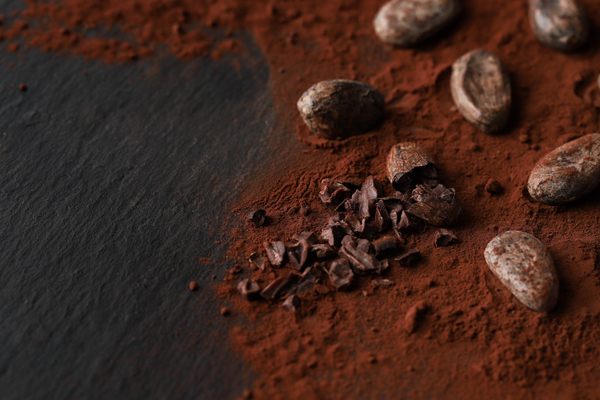
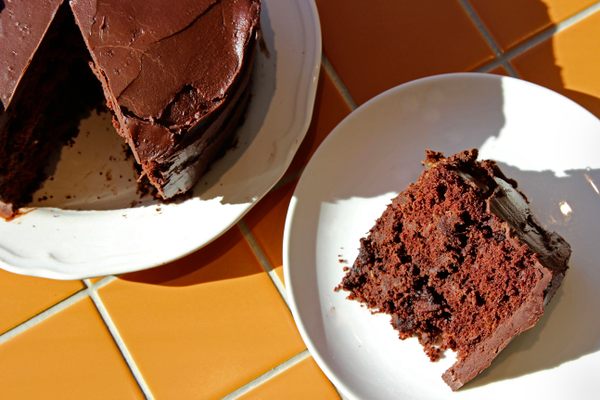








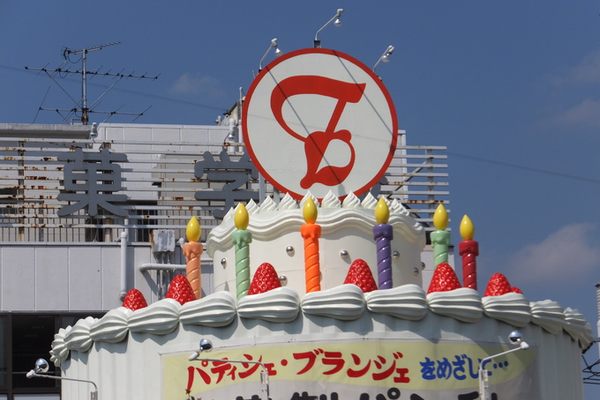


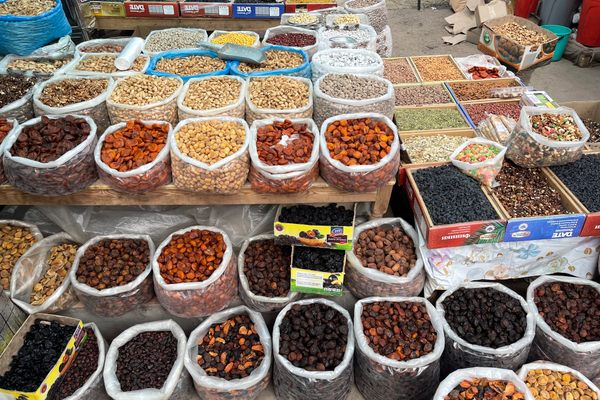
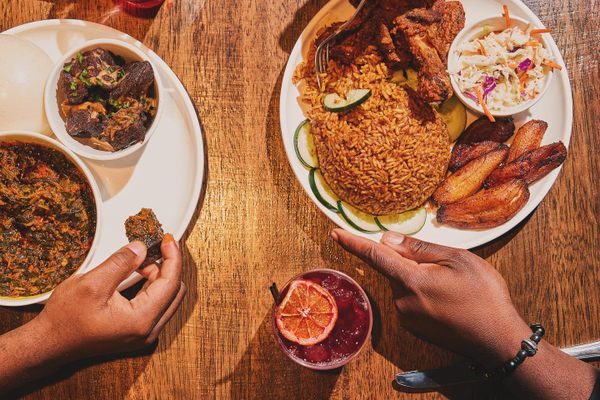




Follow us on Twitter to get the latest on the world's hidden wonders.
Like us on Facebook to get the latest on the world's hidden wonders.
Follow us on Twitter Like us on Facebook